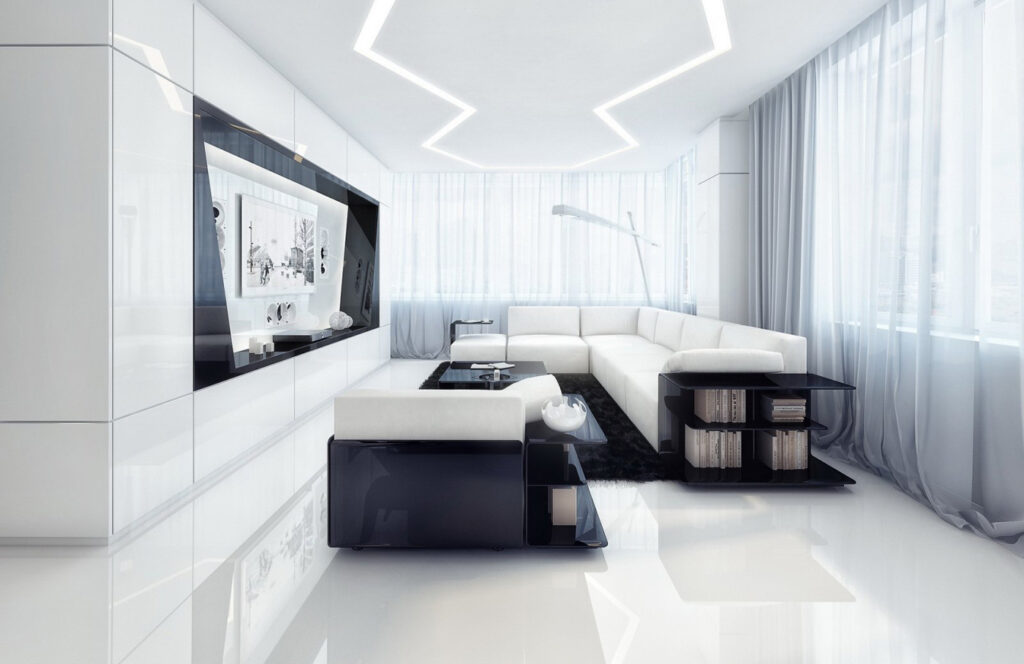Furniture design is constantly evolving, reflecting changes in technology, cultural preferences, and environmental aspirations of society. In this article, we will explore how global trends shape the future of the furniture industry and what innovations we can expect in the coming years.
Sustainable Manufacturing
One of the most significant trends in furniture design is sustainability. Increased attention to ecology leads manufacturers to increasingly choose recycled and easily renewable materials. Also important is the use of local resources to reduce the carbon footprint from material transportation.
Technological Integration
With the advancement of technology, smart furniture is becoming increasingly popular. Integration of modern technologies such as USB ports, built-in charging devices, as well as voice control through smart home systems, makes furniture not only functional but also adapted to the needs of the modern consumer.
Minimalism and Functionality
Minimalism continues to dominate furniture design, reflecting the desire for simplicity and functionality. Clean lines, universality, and modularity are key characteristics of modern furniture, allowing users to adapt items to their needs and the size of their space.
Hybrid Spaces
Blurring the boundaries between living and working spaces leads to the creation of furniture suitable for both contexts. Furniture manufacturers increasingly offer solutions that effectively integrate into both home and office interiors, supporting the trend of hybrid workspaces.
Cultural Diversity
There is a growing interest in cultural diversity in the global community, which is reflected in furniture designs inspired by various traditions and art forms. This leads to the creation of unique, visually captivating furniture models that reflect the global merging of cultures.
Conclusion
Furniture design continues to evolve, responding to changes in technology, cultural trends, and environmental preferences. Understanding these trends helps manufacturers and designers create products that are not only beautiful but also functional, sustainable, and culturally significant.

